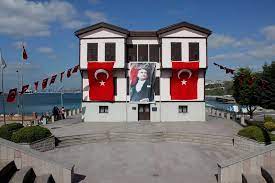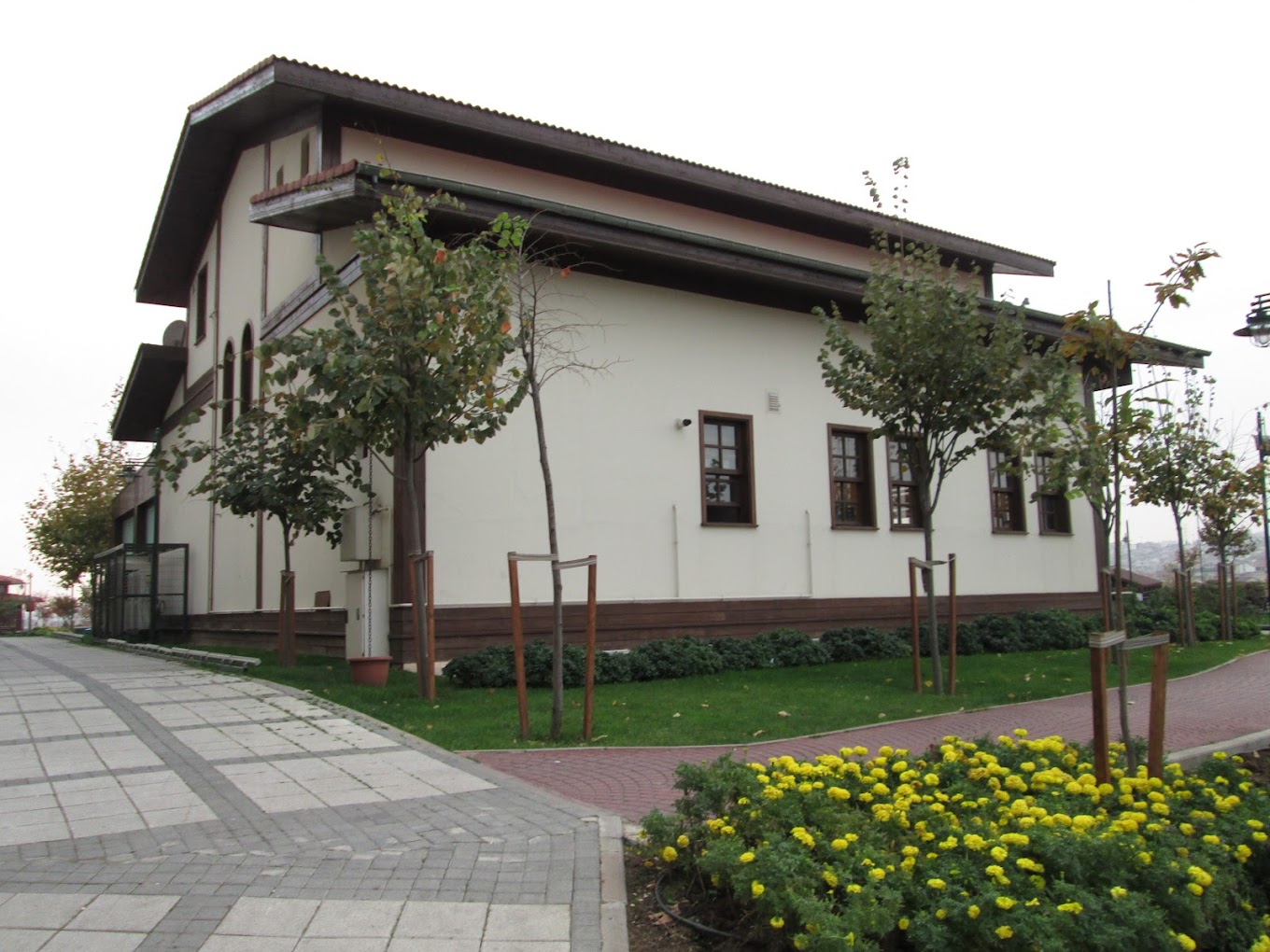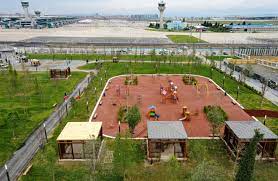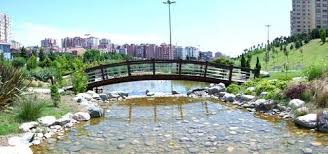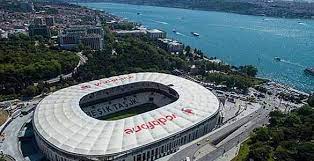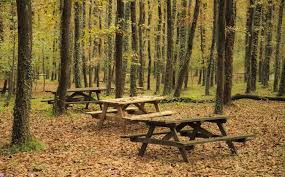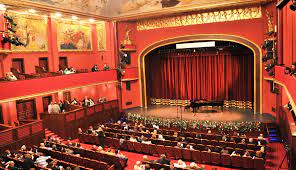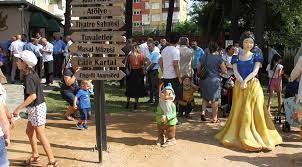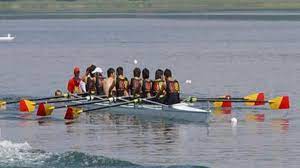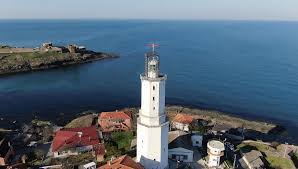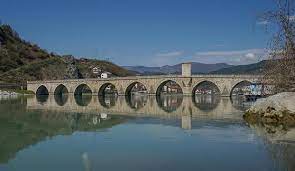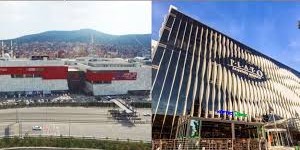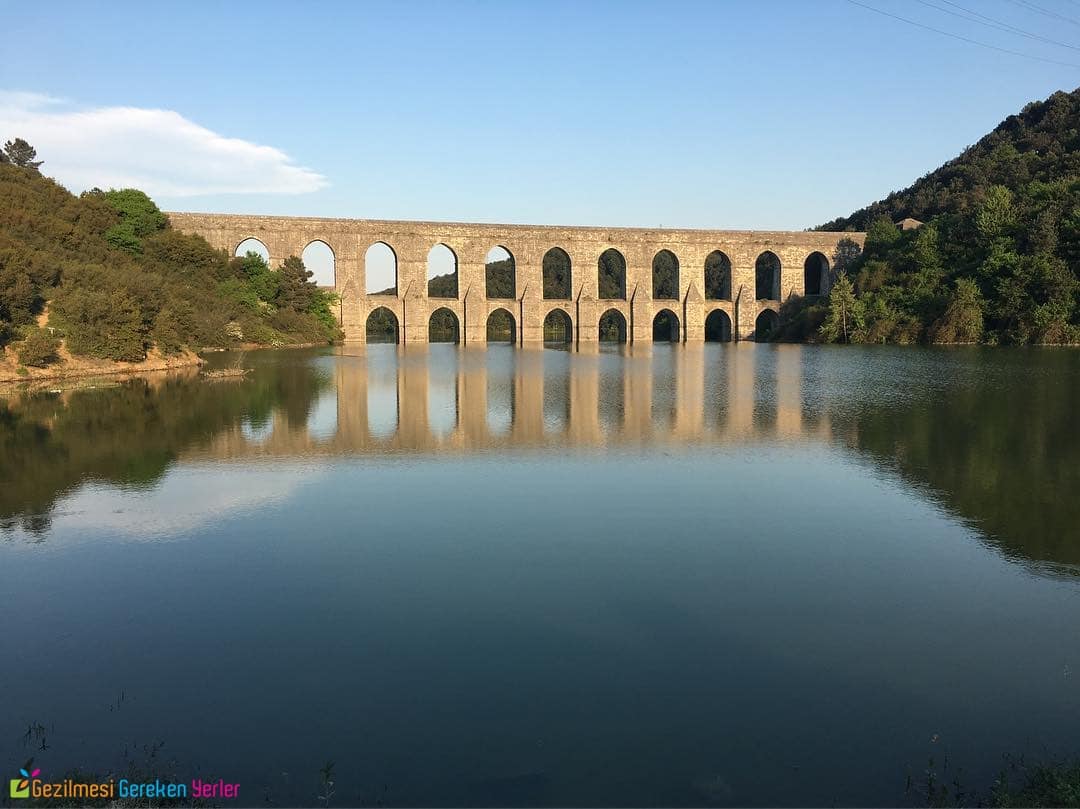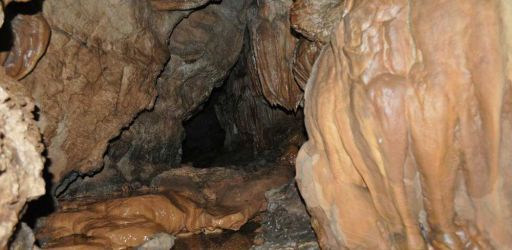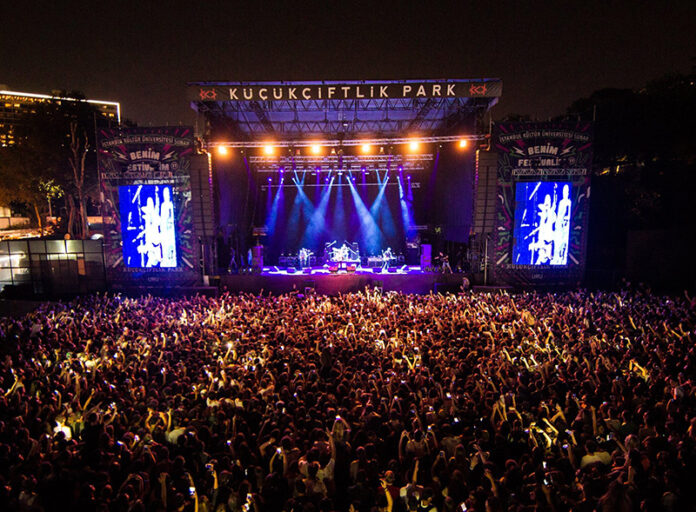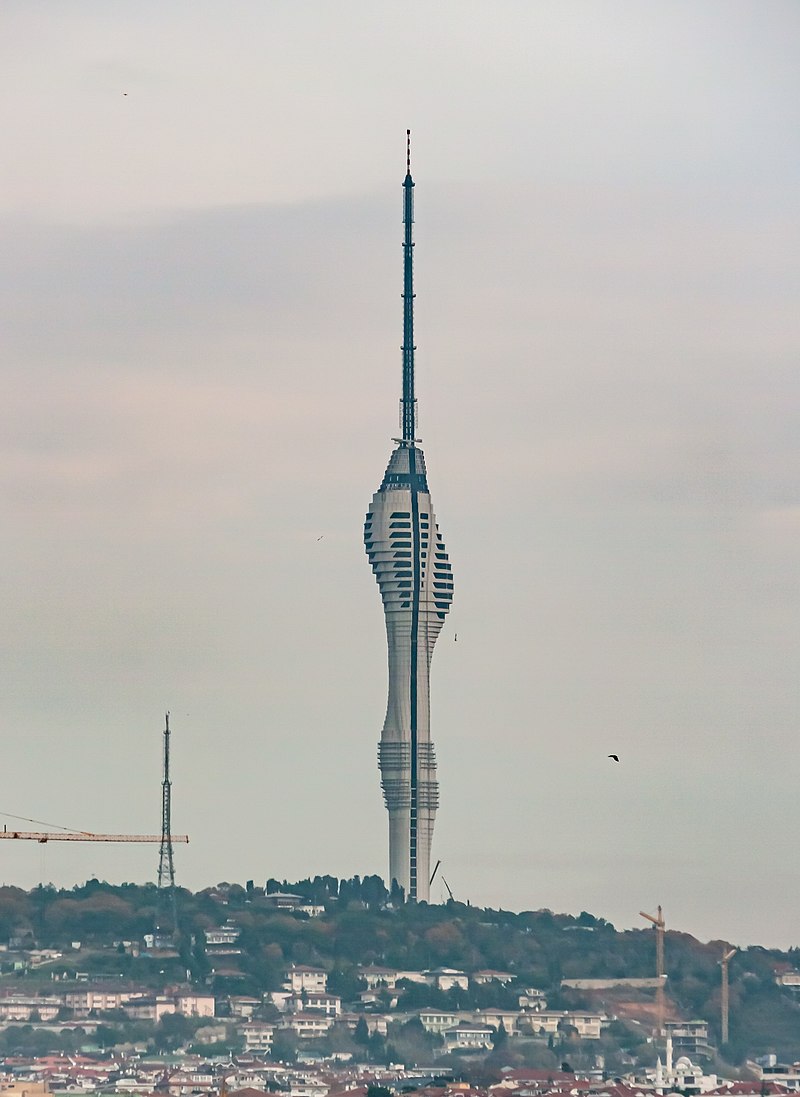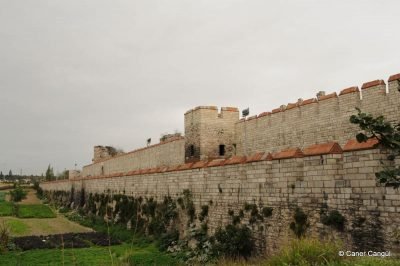Places to Visit in Kagithane
Places to Visit in Kagithane
- Kagithane
History of Kagithane, Kagithane is a settlement established under the name of Pissa on the side of the stream, which was known as Barbyzes during the Byzantine period.
As a result of various excavations in this region, it is stated that the settlement in the village dates back to the Roman period.
Tombstones from the Roman period and the remains of an ancient temple at the junction with the Golden Horn also support this historical background.
These artifacts are currently exhibited in the Istanbul Archeology Museum.
The history of Kagithane includes the Tulip Age, which was the last period of the Ottoman Empire.
In this period, the traces of the westernization process of the Ottoman Empire can be seen in this region.
The history of Kagithane is as deep-rooted as the history of Istanbul.
Especially the Golden Horn, Kagithane Creek and its surroundings have been one of the important regions of Istanbul since the Byzantine period.
However, the name of Kagithane is often mentioned together with the Golden Horn.
At this point, there are legends and historical records that the establishment of Kagithane dates back to the period before Byzantiyon.
Kagithane is one of the villages established in the immediate vicinity of the walls of Istanbul and was first included in historical records in 626.
During the siege of Istanbul by the Avars during this period, Kagithane became a place where the Avar Khan stationed his soldiers, and Patricius Bonus, who defended Istanbul, destroyed these soldiers.
At the same time, in some historical sources, it is written that there were paper mills in Kagithane and that there was a paper mill here during the conquest of Istanbul.
When Evliya Celebi visited Kagithane and its surroundings in the 17th century, he wrote that there was a ruined Kagithane here.
After the conquest of Istanbul, Kagithane became a famous place for the stables and gardens that provided some of the vegetables and milk that met the needs of the palace and the people of Istanbul.
Kagithane gained great importance during the reign of Suleiman the Magnificent.
After discovering the beauties of Kagithane, Suleiman the Magnificent visited this place frequently and even renovated Baruthane as masonry.
During this period, Kagithane was used both as a promenade and as a meeting place.
During this period, Sadabad Palace and garden were also built.
The Tulip Age period in the history of Kagithane represents an important period, especially for the historical structure of Istanbul.
During this period, Istanbul was adorned with architectural arrangements inspired by western-style gardens.
During this period, large water channels were built, gardens, pools, bridges and pavilions were added.
Kagithane set an important example in terms of landscape architecture and garden art in this period.
In conclusion, the history of Kagithane has a very old and rich past.
It has been an important region of Istanbul since the Byzantine period and has experienced great developments, especially during the Tulip Age.
Zoning movements and garden arrangements in this period constitute an important part of Kagithane's historical heritage.
Poet Ahmed Nedim Efendi describes the beauty of Kagithane as follows.
"Let us grant a sefa, come and Dil-i nashade, Let us go, my serv-i revan, walk to Sa'dabad, Here are three pairs of boats on the pier, Let us go, my serv-i revan, walk to Sa'dabad."
- Sadabad Palaces
Sadabad Palaces, The first Sa'dabad Palace was built in 1722 as a summer palace on the edge of the Kagithane Creek, inspired by the palace and garden plans brought from Paris by Twenty eight Mehmet Celebi, who is considered the first ambassador of the Ottoman Empire.
In addition to this palace, which was enriched with oriental architectural elements, a canal called Cedvel-i Sîm, two pools, two cascading cascades with viewing gazebos, Kasr-ı Nesat Tent Mansion - Curtained Pavilion and a fountain were completed in just 60 days.
At the opening banquet attended by Ahmed III, 27 Shawwal 1134 AH, the poets named it "Sa'd-abad", which means "a place of happiness".
However, the palace was destroyed in the rebellion of Patrona Khalil in 1730.
The new sultan 1. After a while, Mahmud was quietly repaired, but not used.
The palace remained empty for a long time without being used.
The palace, which had become neglected over time, was repaired and put into use by its chief architect, Krikor Amira Balyan, during the reign of Selim III.
Mahmud II had the first palace completely demolished in 1809 and the second palace built in its place, which was fully completed in 1816.
2. Mahmud signed the famous Sened-i Alliance in this palace.
In place of the second palace, which survived for about 50 years, Sultan Abdulaziz built the third palace.
This palace is also called "Caglayan Palace" because of the waterfall cascades in front of it.
The third Sadabad Palace was completed in 1862-63.
The area where these three palaces were built is "L" shaped.
Valide Sultan and the other women's rooms overlook the pool at the front.
The sultan's room is at the far end of the back, which is called the "mountain side".
There is also a hammam at the end of the women's rooms.
The palace was used as Erkan-ı Harp Mektebi Military Academy for three months in 1917.
During the occupation of Istanbul in 1920, it was considered to be converted into a command of the occupation forces, but it was not found appropriate.
After 1917, it was used as a dormitory for orphaned and orphaned girls, and Çağlayan Dar-ül Eytam served as an orphanage.
Famous artist Safiye Ayla also grew up here.
The building, which was used for this purpose until 1928, was considered to be restored in 1934 after it became vacant, but as a result of the discussions that lasted until 1940, it was demolished in 1943 on the grounds that it would be costly.
Nine years later, in 1952, the Engineering School was built on the site of the palace.
This new building was used as the Finance and Quartermaster School until 1990 and has been serving as the Kagithane Municipality Building since 1998.
- Historical Railway
Historical Railway: This railway, established in 1914 under the name 'Golden Horn-Black Sea Sahara Line', prevented Istanbul from being left without electricity by carrying coal to Silahtaraga Power Plant during World War I, providing electricity to the city.
It was popularly known as the 'Kagithane Railway' and was also used to transport weapons to Anatolia during the War of Independence.
- Kagithane Pavilion Imperial - Junior Officer School Atiye Sultan Palace
Kagithane Pavilion Imperial - Junior Officer School Atiye Sultan Palace, Built by Sultan Abdulaziz using the western style architecture of the period, "Sa'd-âbâd Kariyesi" was also known as "Kagithane Pavilion" or "Counter Mansion" among the people.
This palace was built for Atiye Sultan, daughter of Mahmud II.
The palace complex consists of three main sections: the Hunkar Pavilion in the middle, the greetings building on the right, and the kitchen buildings with courtyards on the left.
Next to the kitchen buildings is a water mill and a servants' apartment.
In addition, there is an ornamental pool and fountain resembling a figure eight in front of the buildings.
Hunkar Pavilion was built in accordance with the sofa style and its staircase is placed on the middle axis.
There is also a hammam as an extension of the palace.
There is a one-story barn building at the rear and a "Hunting Lodge" slightly above .
This building complex, which consists of five separate sections in total, has an architecture that reflects simplicity and the barracks style of the period.
- Paper Workshops
Paper Workshops, Kagithane took its name from the paper mills located by the stream during the conquest of Istanbul.
This information can also be cited as a source in Evliya Celebi's famous Travelogue.
Although Kagithane is one of the central districts of Istanbul today, it has hosted ancient civilizations in the past.
Especially after the Roman and Byzantine periods, and during the Ottoman Empire, Kagithane became a living space famous for its beauty, and paper production, one of the symbols of civilization, was carried out here.
However, with the advancement of technology, industrialization processes started and handmade paper workshops were closed and replaced by mass production paper mills.
Migration and urbanization have also caused the paper mills in Kagithane to be moved out of the city, and the facilities that keep this tradition alive have been closed.
As a result of the researches, the tradition of handmade papermaking, which gave its name to the district, was rediscovered and various projects were developed to keep this tradition alive.
The Handmade Paper Workshop, which was launched by Kagithane Municipality on May 30, 2012, was put into service by taking a big step in order to continue this tradition.
From Kagithane, you can easily reach Istanbul Airport (IST) and Istanbul Sabiha Gokcen Airport (SAW) on time.
Transportation Options: You can easily reach Istanbul Airport (IST) and Sabiha Gokcen Airport (SAW) by using public transportation options, Municipal Buses, Metro and Tram.
Before using these lines, you should check and select the appropriate timetables for your trip on the website.
Air transfer lines: You can reach Istanbul Airport (IST) and Istanbul Sabiha Gokcen Airport (SAW) comfortably and effortlessly with your Airport Transfer reservations made on the Airtransferlines website.
With Airtransferlines, it provides a comfortable, unique Airport Transfer experience with the latest model luxury vehicles.
Click www.airtransferlines.com to take advantage of the advantages of Airtransferlines, to find the right vehicle and driver for you with a wide range of transfer options, to get information about your destination or to make a reservation.
AIRTRANSFERLINES is your personal TRANSPORTATION advisor.
Posts you might like
Are you a professional driver? Become a ATL Driver in your City
Join our driver team and be a part of the global ATL experience. ATL connects you with travelers who need a lift from the airport or port and desire a warm introduction to the city.
SIGNUP NOW!
.jpg?alt=media&token=13da9acd-7e56-46f7-a468-e17016f3de33)


